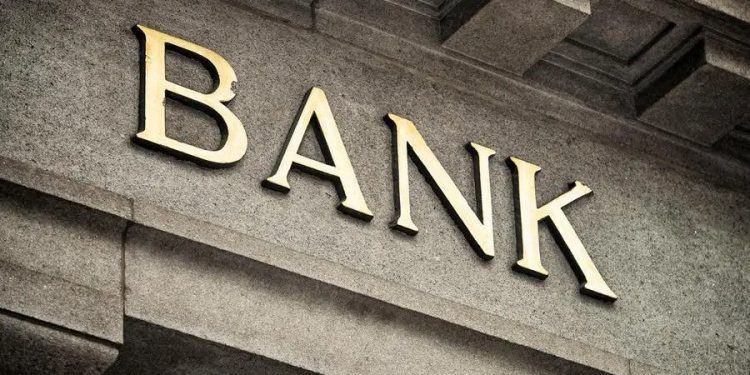Net Zero Transition Report for Banking Industry
The Transition Pathway Initiative (TPI) released a net zero transition report, analyzing the net-zero transition process of the world’s 26 largest banks.
TPI believes that although most banks have already begun to take action, there is room for improvement for the vast majority of banks in setting net zero targets and decarbonizing activities on assets.
Related Post: Hong Kong Monetary Authority Releases Net Zero Plan
Carbon Emissions of the Banking Industry
This analysis is based on the Net Zero Banking Assessment Framework proposed by TPI. The framework can analyze banks’ progress on low-carbon transition and climate change and can serve as a benchmark for comparisons. In addition, the framework can simultaneously assess the impact of a bank’s on-balance sheet and off-balance sheet activities, making it more accurate than commonly used analytical methods.
In terms of net zero transition commitments, 20 banks (77%) have made clear disclosures, and only 35% of them have detailed the specific goals required for net zero commitments. Most banks only considered their loan portfolios in net zero, with only one bank disclosing net zero commitments across all on- and off-balance sheet operations.
In terms of net zero targets, 22 banks (85%) have set medium-term decarbonization targets, and 21 of them have formulated specific details for the fossil energy industry, compared with only 9 banks last year. However, the actual effect of the net zero target is still weaker than expected. Based on the Paris Agreement global warming target, only 35% of the fossil energy industry and 45% of the utility industry meet the 1.5 degrees Celsius warming target.
In terms of emission disclosure, 18 banks (69%) disclosed carbon emissions in specific industries, but only 3 banks disclosed data for all carbon-intensive industries. Six banks (23%) have formulated financing policies related to carbon emission reduction for carbon-intensive industries. Although more than half of banks disclose credit risk, on a measure of total credit risk, all banks fail to complete this disclosure.

Banking Industry’s Response to Climate Change
In terms of climate scenario analysis, 17 banks have included climate risk as a key risk category. However, only 8 banks disclosed physical risk and 6 banks disclosed transition risk. These risks could put pressure on banks’ balance sheets.
In terms of climate solutions, 18 banks have set sustainable finance goals covering ESG or other climate outcomes, but have not yet disclosed specific budgets for these climate solutions. Only five banks disclosed their climate solutions.
In terms of climate governance, 14 banks discussed the impact of physical risks and transition risks on banking operations, and 21 banks appointed board members to oversee climate governance. No bank has yet disclosed the assessment results of these climate issues. 14 banks have already integrated climate issues into their compensations.
In terms of climate-related financial disclosures, only four banks have demonstrated how to incorporate climate matters into their financial statements, but in terms of quantitative estimates, no bank has provided corresponding cases. TPI believes that insufficient data quality and the long-term impact of climate risks are the reasons why banks have difficulty incorporating climate factors in financial disclosures.
TPI’s Recommendations for the Banking Industry
TPI believes banks have more room for improvement when it comes to their net-zero transition. For example, banks can use proxy data to calculate corporate carbon emissions data, prioritize the transition of carbon-intensive industries, include off-balance sheet businesses in carbon reduction, and enhance senior management participation in climate governance.
TPI plans to continue its annual review of the banking industry, while expanding its coverage to continue to measure the decarbonization of the industry.
Reference:








